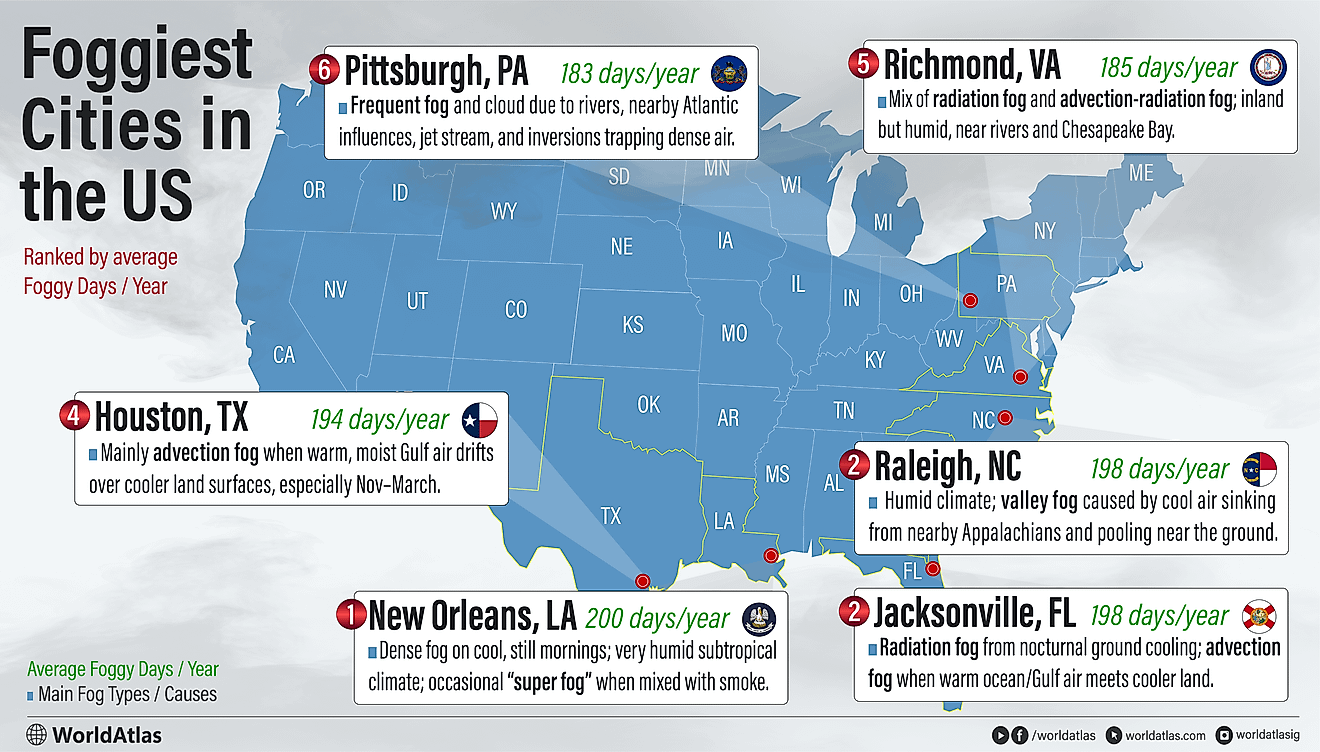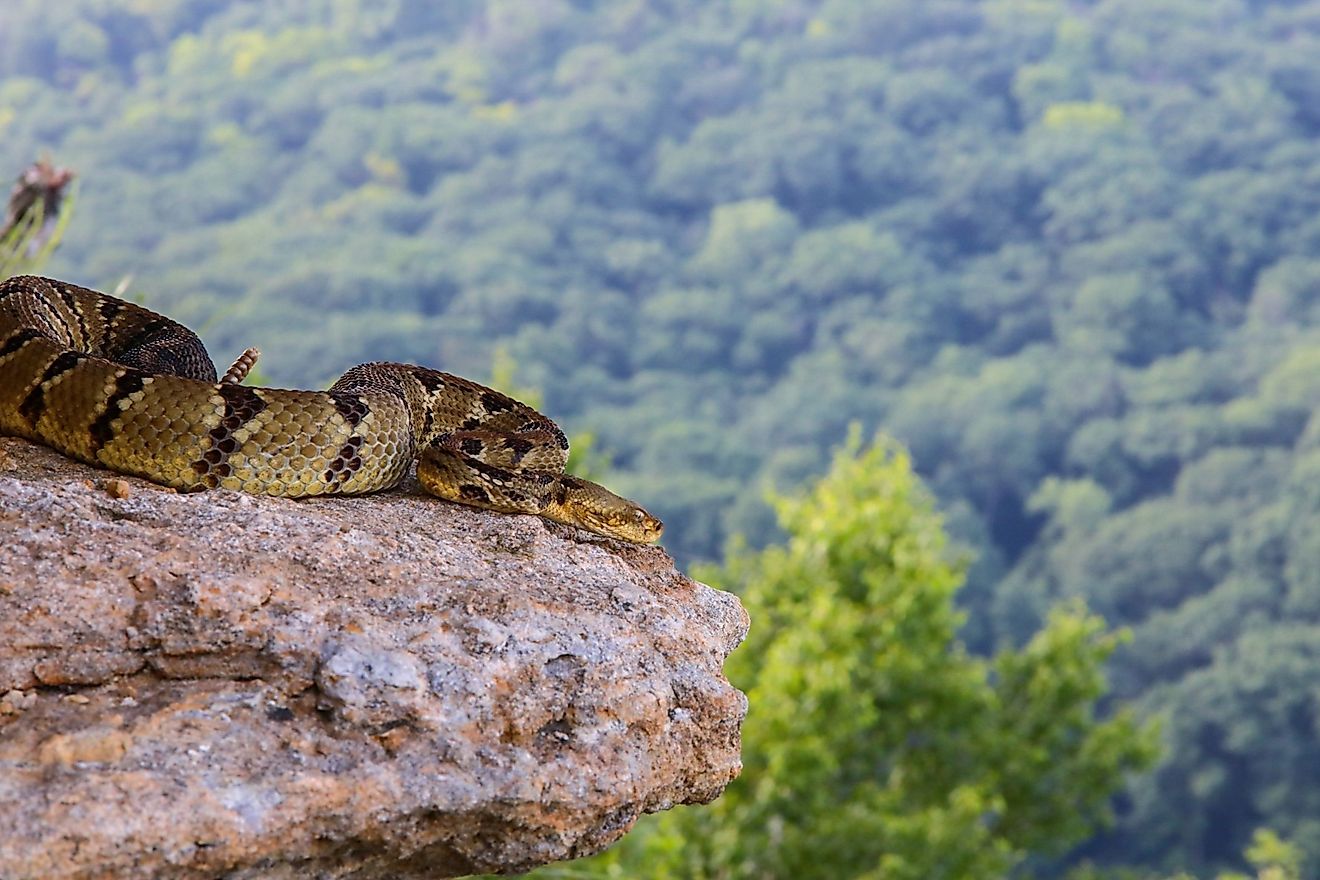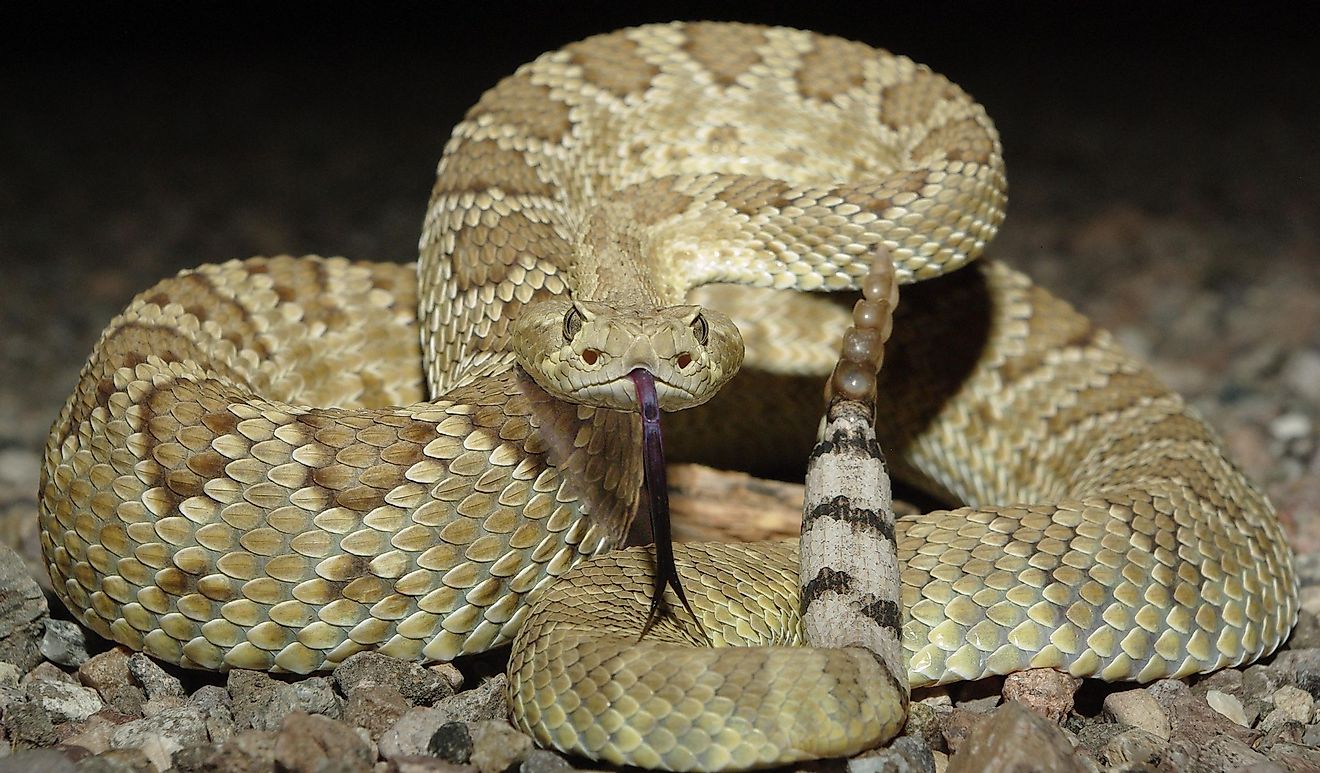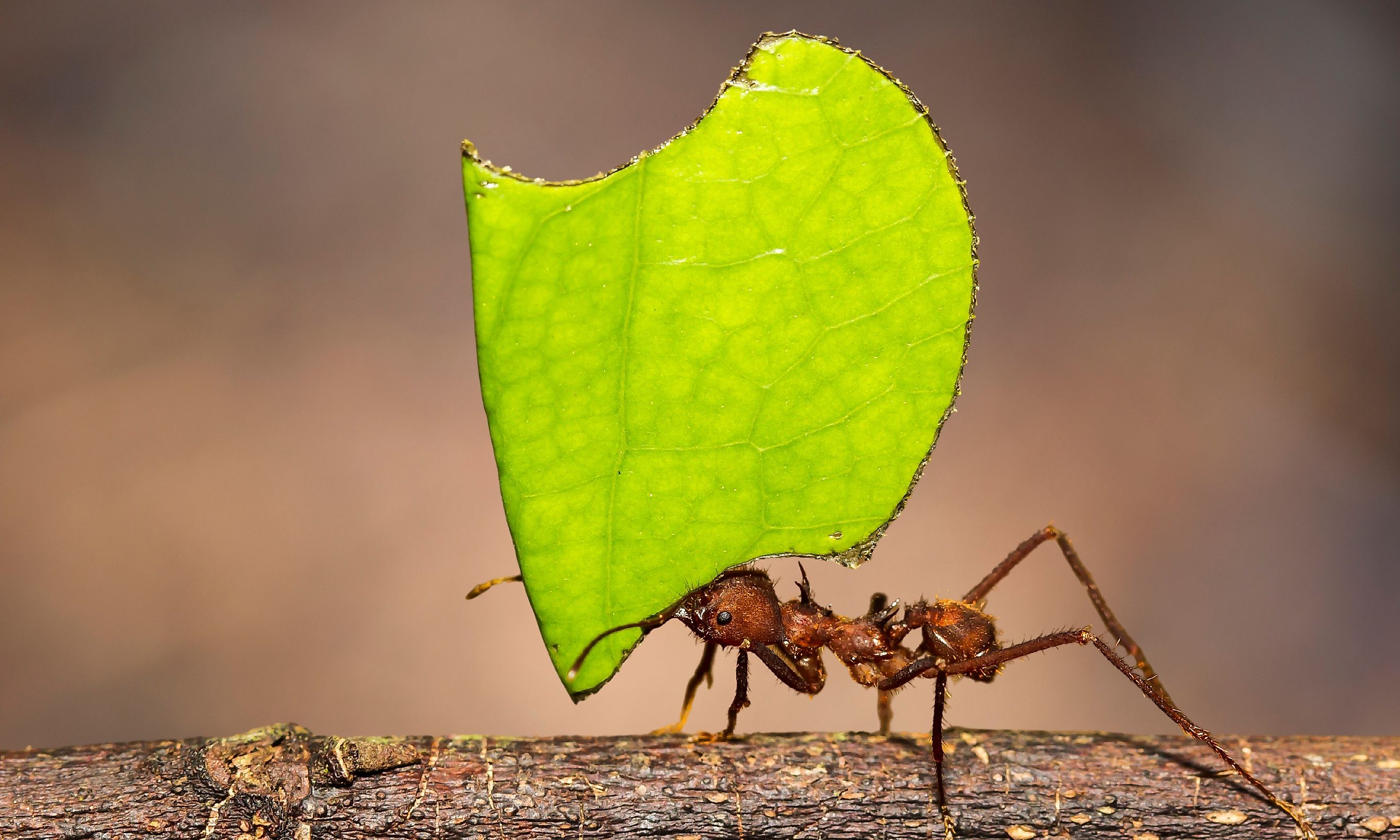
How Leafcutter Ants Grow Crops and Make Medicine
The methods by which the Leafcutter Ant (also known as the parasol ant for the way it carries foliage overhead) grows and cultivates fungus farms, going as far as producing the antidote when they become ill, are truly a marvel of nature. Though often considered pests by locals due to their unwavering dedication and hardworking nature, these attributes push them to create massive colonies, which can cover up to over 6,000 square feet in some cases, and be home to millions of ants. A true marvel for scientists, the 45+ species of Leafcutter Ants, part of the Acromyrmex and Atta genera, have contributed to several scientific advancements, including improved antibiotics and clean energy sources.
About Leafcutter Ants
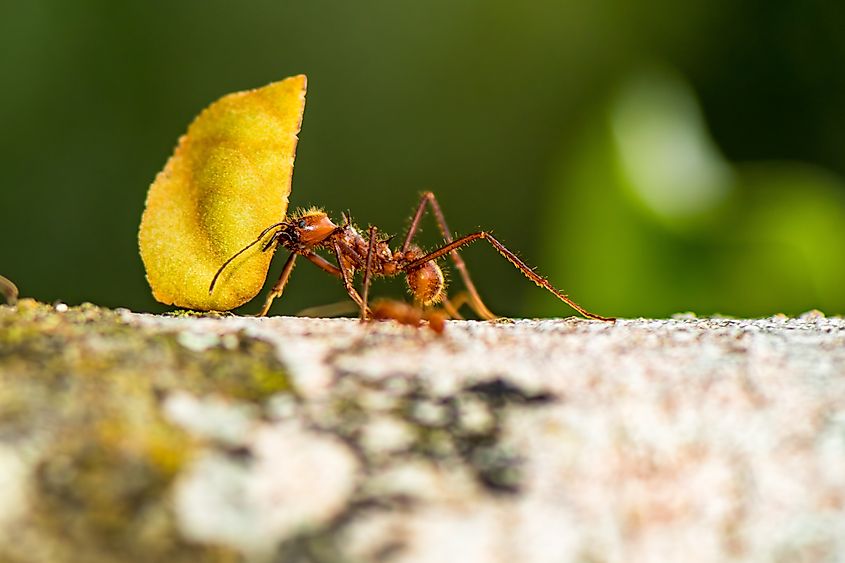
Leafcutter ants are primarily found in Central and South America, where they play a vital role in their ecosystems. Ranging from just a few millimeters to over a centimeter in size, these ants are known for their extraordinary strength, capable of carrying objects up to 50 times their own body weight. Their powerful mandibles vibrate at high frequencies to slice through vegetation efficiently. Living in complex underground nests, some colonies can contain up to eight million individuals, all working in perfect synchronization to support the survival of the fungal crop that sustains them.
Structured Caste System
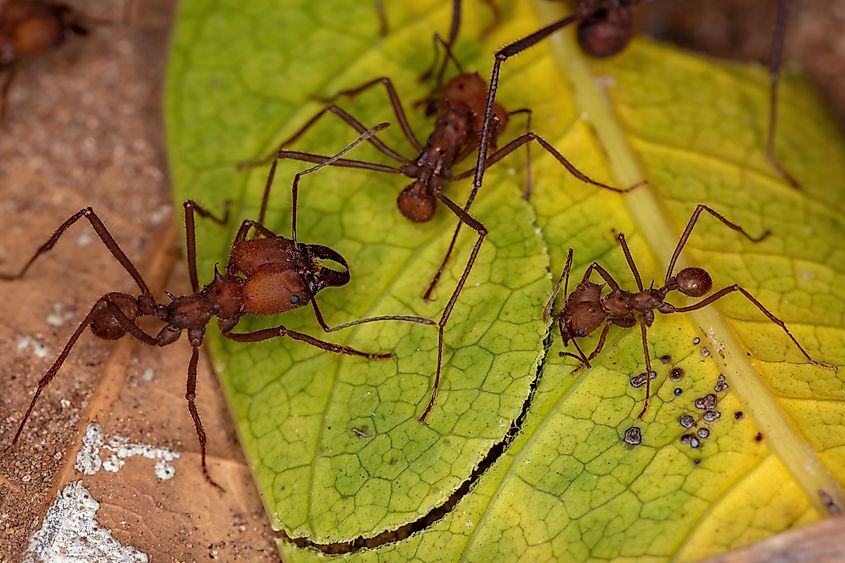
Leafcutter ants have a highly structured caste system, with each caste having specific roles and responsibilities for maintaining the nest. Understanding the roles of each caste will provide helpful insight into how these amazing creatures function to cultivate crops and maintain antibacterial properties. The ants are divided into Foragers, Gardeners, and Soldiers. Forager ants have the role of obtaining pieces of greenery and foliage and carrying them back to the nest. Gardeners tend to the crops growing within the nest, ensuring proper growth and cultivation occur. Lastly, soldiers defend the nest and the forager caste of ants from predators and rival ant colonies. These castes all depend on each other for survival, and each one’s role is equally crucial to maintaining the colony.
Adept Fungus Farmers
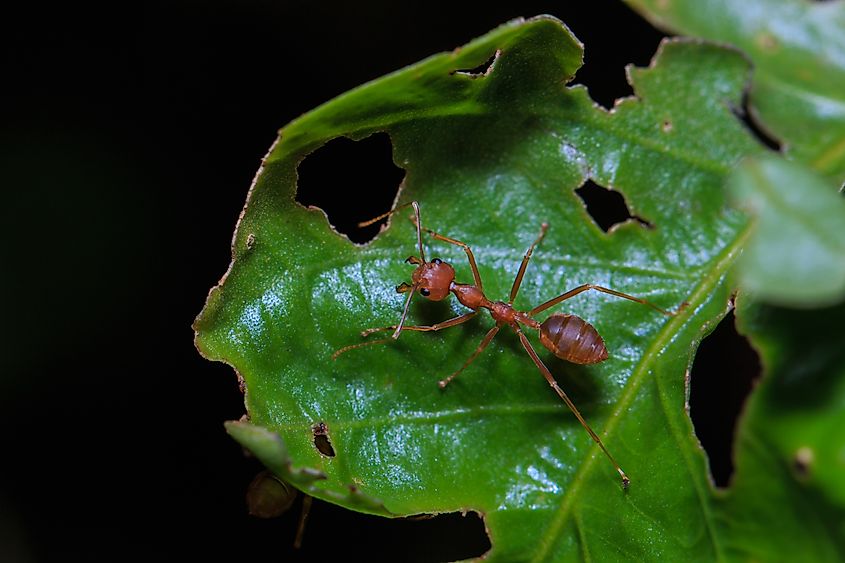
As the name suggests, those Leafcutter Ants in the Forager caste cut pieces of leaves and foliage and carry them back to their nests using their specialized mandibles, which vibrate rapidly to saw through greenery. The ants then take these pieces back to their nests in lines as long as over 30 meters, carrying impressive amounts of weight while on this journey (they can carry almost 50 times their weight in foliage). Although many assume that the ants eat these pieces, this is incorrect, as they do not eat the greenery itself and use it for a surprisingly innovative purpose: feeding their fungus gardens.
That's correct; these fascinating creatures cultivate fungus gardens within their nest, feeding them foliage and tending them to help them thrive. The fungus then breaks down the plants into digestible ingredients for the ants, who ingest them. These fungus gardens are the only source of food for Leafcutter ants, which means the colony's life depends on ensuring the garden thrives. Different species of Leafcutter ants can grow separate types of fungi, most commonly from the Leucocoprinus or Leucoagaricus genera.
Treating The Crops
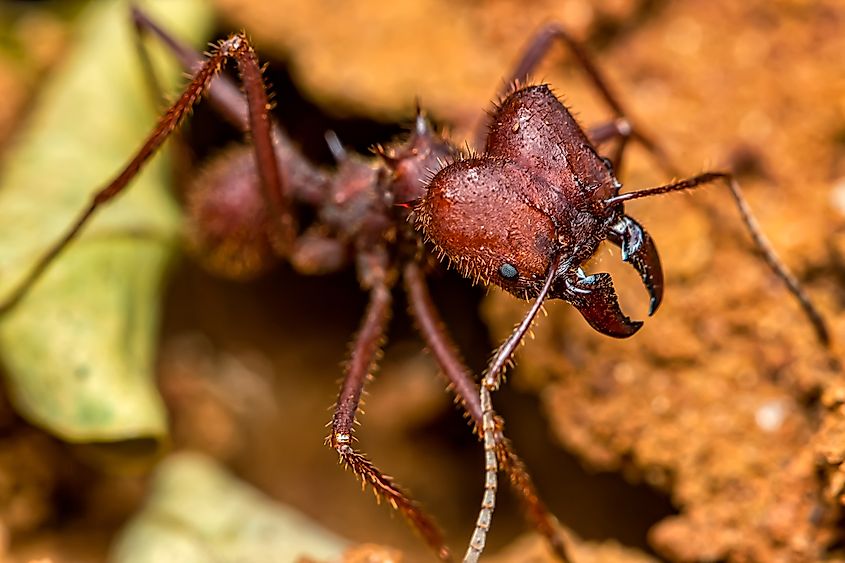
As these fungus crops are the ants' only food source, the Leafcutter Ants in the Gardening caste take several steps to ensure the fungus has an adequate environment to thrive. They combine chewed leaf pieces with their saliva and fecal matter to create a nutrient-rich base for the fungus to grow in. The ants then meticulously nurture the fungus gardens, removing anything identified as waste that could impede growth through licking the fungus, such as stray spores or debris, even completing a “weeding” process in spots where invasive bacteria have been identified as growing.
The ants also continue to purposely leave fecal matter in the fungus gardens to keep invasive bacteria that could cause disease or infection away. Additionally, the ants naturally secrete different types of acid, which have antimicrobial properties (including phenylacetic acid and short-chain fatty acids). The ants secrete these acids as they tend their gardens, a hardwired way to keep disease at bay.
Contribution to Future Antibiotics
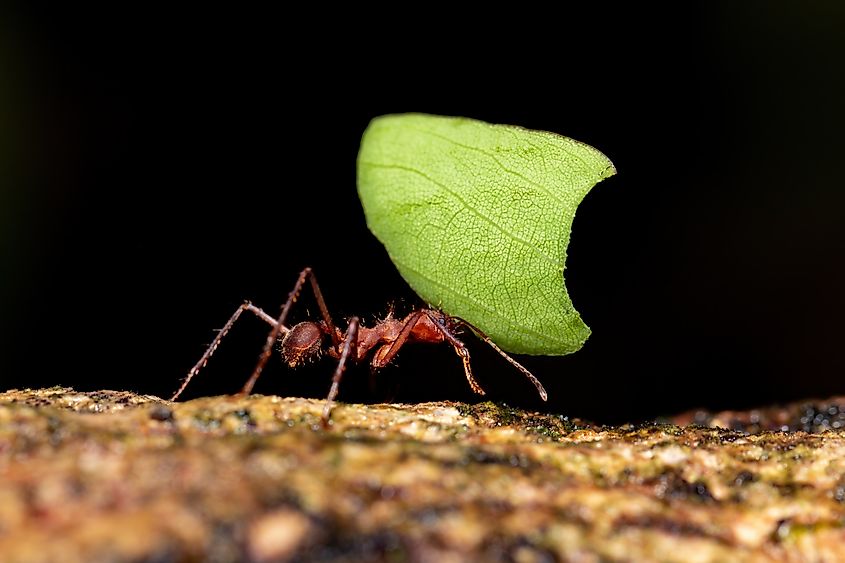
When looking at Leafcutter Ants, researchers first thought that the ants were able to maintain fungus gardens so effectively due to their meticulous and dedicated cleaning sweeps. After a closer look at the ants and how they function, it was realized that a specific bacterium that grew on the fungus was coating the ants, called Pseudonocardia, in some cases so thick it was giving the ants a white powdery look, as if coated in icing sugar. This bacterium also produces a special antibiotic, which helps to keep the fungus garden safe from invading germs and mold species. This bacterium and antibiotic are new, and have never been seen by scientists before, which is particularly exciting for scientists.
Final Thoughts
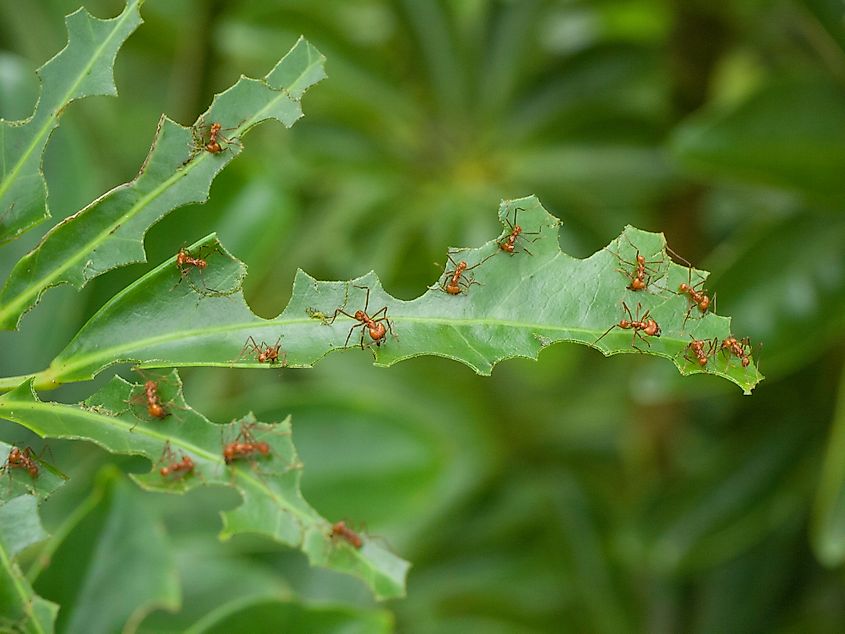
Leafcutter ants are a marvel of nature, from their unique displays of strength to their dedication to cultivating their fungus farms. However, perhaps the most captivating feature of these animals is their relationship with the Pseudonocardia bacterium. The discovery of this new antibiotic-producing bacterium could mean significant development for scientists and the medical industry. With the rise of drug-resistant illnesses due to a heavy reliance on the current antibiotics, this research is heavily beneficial. Not to mention, most antibiotics on the market today originated from research on soil bacteria, which means that with proper clinical trials and safety measures, an entirely new antibiotic could be developed to help with illnesses worldwide.
